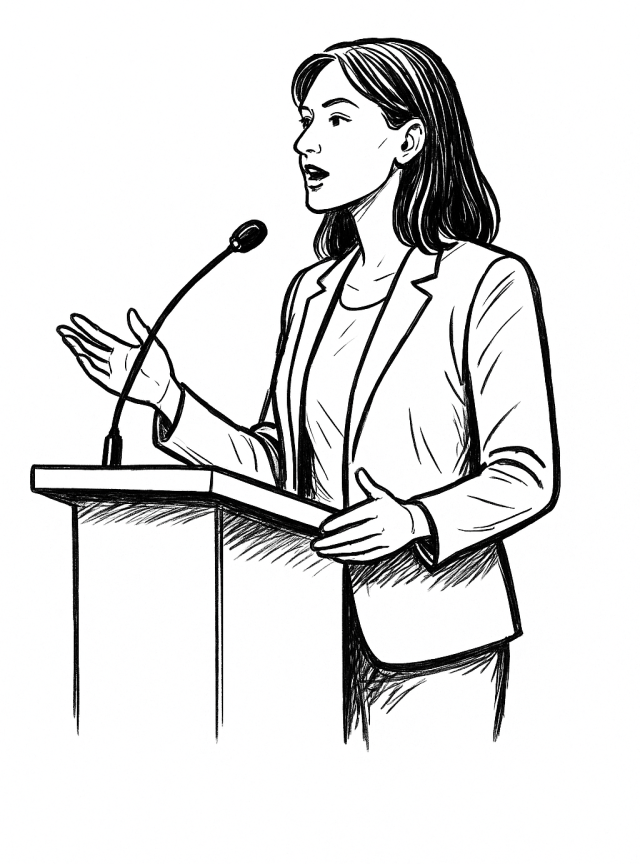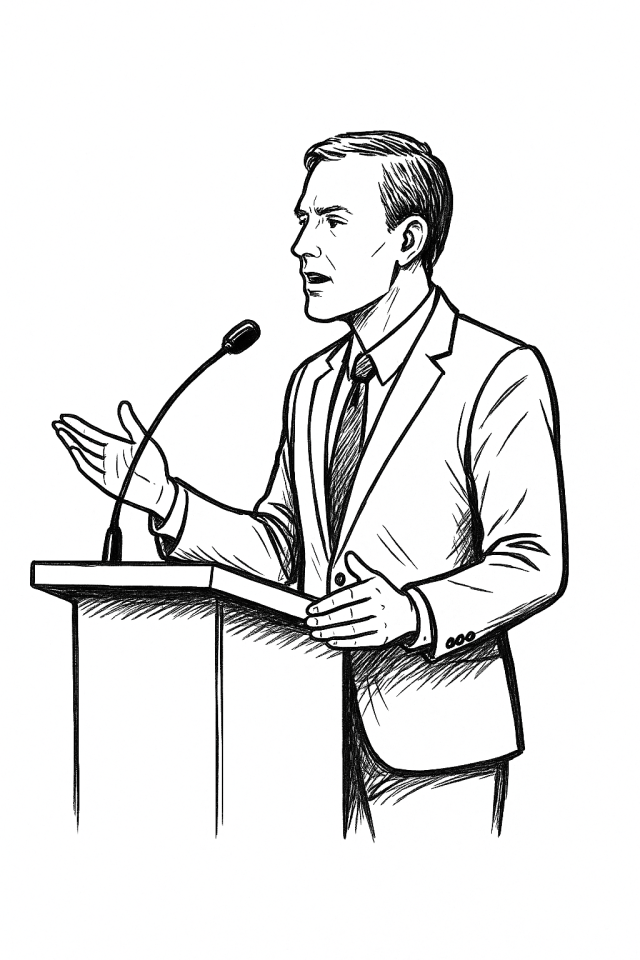
Speaker:
Dr. Anita Halder
SRM University, Andhra Pradesh
Data-Driven Design: Machine Learning in Materials Science
The field of materials science has played a pivotal role in advancing human civilization over the centuries. In recent decades, rapid developments in computer technology have opened a new direction for the field, where simulations based on density functional theory (DFT) and molecular dynamics are employed to uncover the microscopic origins of material behavior and guide materials design. However, traditional material discovery remains constrained by the high cost and time-intensive nature of experimental synthesis, as well as limitations in computational resources. An alternative approach combines first-principles calculations with machine learning (ML). This emerging discipline, known as materials informatics, is often referred to as the “fourth paradigm of science”, complementing theory, experiments, and simulation. Over the past decade, materials informatics has gained significant momentum, leveraging large datasets from experiments and computational studies to accelerate the discovery and design of advanced materials.
Extensive databases are constructed and trained using various machine learning algorithms. Once trained, these models can efficiently predict yet-to-be-synthesized materials with desired properties, as well as perform classification and regression on high-dimensional data. In this talk, I will provide a basic overview of the ML workflow and the algorithms commonly used in data-driven materials design and new material prediction. I will also present our work in this area, specifically on the prediction of new magnetic double perovskites and low-cost rare-earth lean transition-metal-based permanent magnets, rare-earth free permanent magnets by combining ML with evolutionary algorithms and first-principles calculations. Our computational study aims to assist experimentalists in synthesizing new materials. Notably, two of the double perovskite compounds we predicted have already been realized in the laboratory , which validates our approach and gives us confidence in the adopted methodology.

Speaker:
Dr. Lokeswara Rao Potnuru
Northwestern University, Illinois, USA
Magnetic Resonance: From Quantum Information Science to Molecular Applications
NMR-based quantum information science (QIS) faces major challenges, including identifying suitable spin systems, scaling nuclear qubits, and optimizing the balance between coherence time and gate operation. My recent work focuses on developing molecular platforms and
encoding schemes for QIS using NMR. My research demonstrated the generation of high-order multiple-quantum coherences in two systems - prenucleation clusters (PNCs) from bone formation and phosphorylated tau peptide fibrils (P301L jR2R3 S305p, tau295-313) marking a key step toward realizing entangled states. Using 31P multiple-quantum spin-counting (MQ-SC) solid-state NMR, we achieved coherence orders up to six in PNCs and four in S305p fibrils, establishing a direct connection between molecular spin dynamics and QIS applications.
Magnetic resonance spectroscopy is a powerful and versatile analytical technique widely used across cryopreservation, and pharmaceutical research due to its ability to provide detailed atomic-level information on structure, dynamics, and molecular interactions in a non-invasive manner. Its sensitivity to local chemical environments makes it particularly valuable for analyzing complex, non-crystalline, and heterogeneous systems common to these fields. In cryopreservation, I utilize 17O NMR to study polyvinyl alcohol (PVA) with cosolutes, probing the behavior/structure of water and cryoprotectants such as trehalose and sucrose to gain insights into vitrification, molecular mobility, and preservation mechanisms. In pharmaceutical applications, solid-state NMR is used to identify and determine the local geometry around H2O/H2O2 molecules in pseudo-polymorphs of dabrafenib.